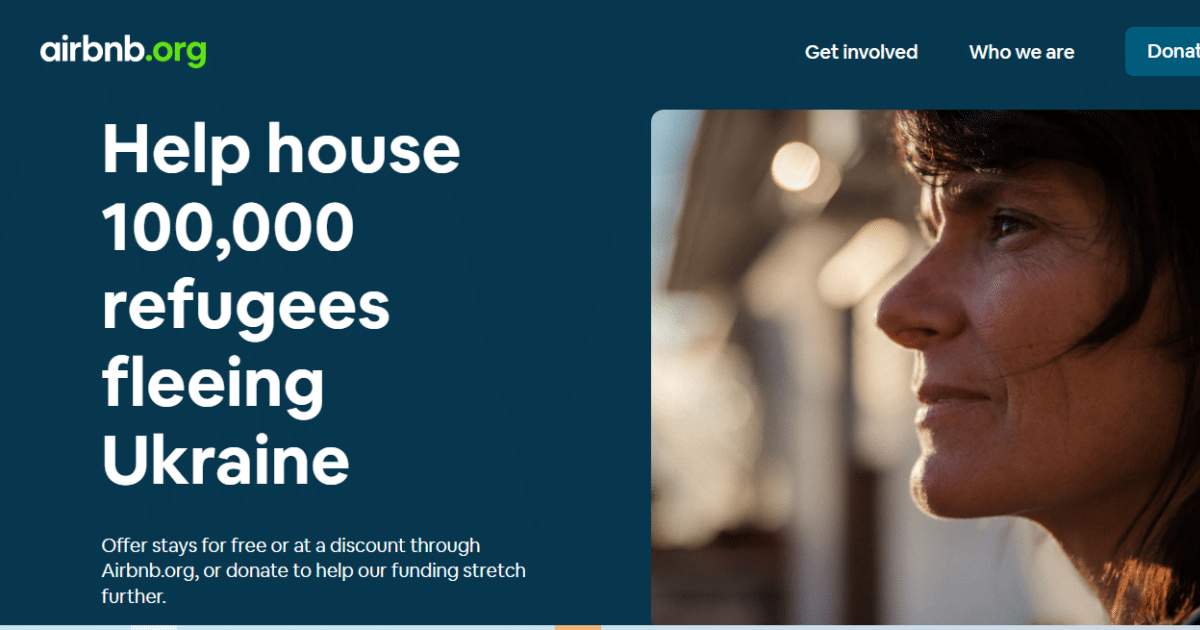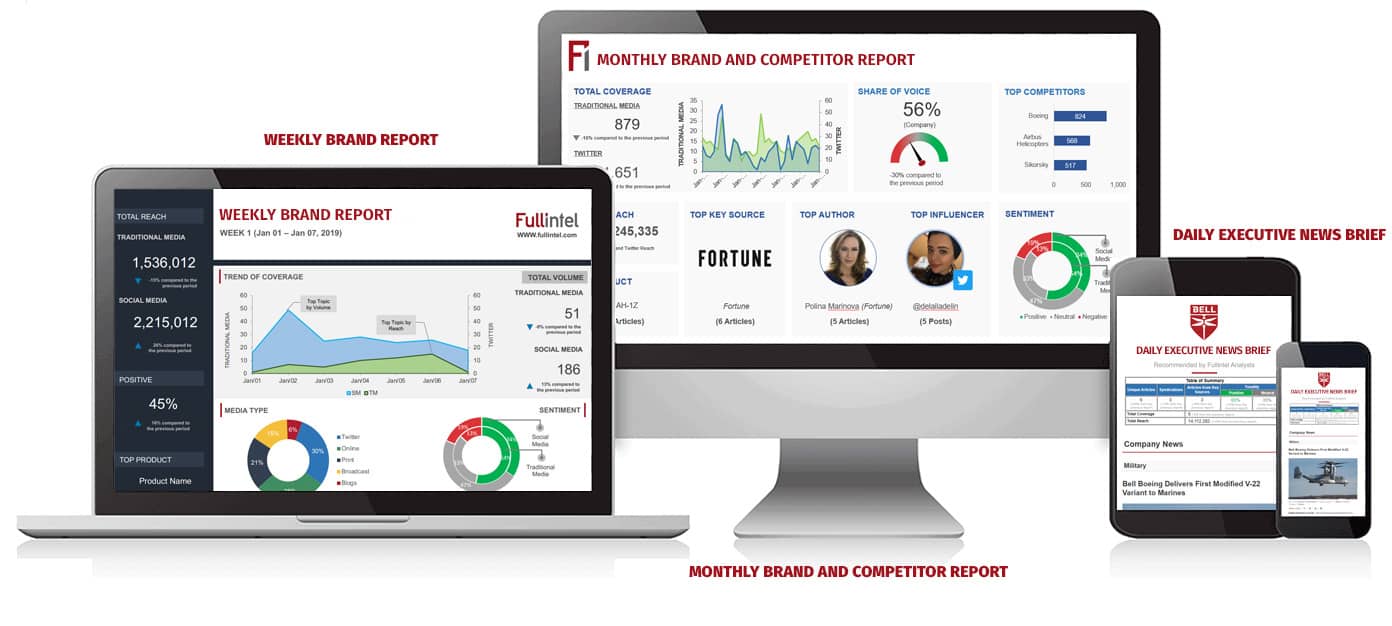
You know when you’re getting to know someone and all they do is talk about themselves? That’s what some marketing content can feel like.
Thankfully, many corporations have learned that the impact they have on the world is at least as important as the money those brands can make. This practice has grown into what is known as environmental, social, and governance (ESG), which is used by public and private investors to evaluate the impact a corporation has on the world.
Put another way: ESG measures the risks that a brand poses to the planet, the public, and the communities where that brand makes an impact. Those impacts can be broad – such as reducing CO2 emissions, improving the social conditions where a corporation operates, or tweaking the governance structure of how brands make large decisions – and are now looked at as important facets for investment and divestment.
To round out the picture, Fullintel spoke with Dave Armon, CEO of 3BL Media, a news distribution service which specializes in ESG communications. Armon says that great ESG begins with data.
“A lot of companies will start with an assessment of what works, what doesn’t, and what can be measured,” said Armon. “Next, brands have to think about what impact they can have on the things they can evaluate.”
If no one is counting the trees falling in the woods, if one falls what difference does it make?
This kind of ESG work is now fundamental to how an organization operates. It goes beyond communications and into operations, engineering, even investment planning, with everything tied to measurable impacts and outcomes.
What is ESG (and what is it not)?
Armon says that what can be measured and reported on, along with who leads the program internally, is key to what sets ESG apart from other types of initiatives.
“ESG is not interchangeable with CSR (corporate social responsibility) or DEI (diversity, equity, and inclusion),” he said, adding that while these types of initiatives are similar, ESG is more compliance driven with firm measures and reporting structures in place.
That’s not to say that all three can’t coexist. It’s more than ESG is its own thing and presents its own challenges.
“Great ESG programs shine a light on where a company needs to improve,” said Armon. Brands, in turn, benefit from such self-reflection – both internally and for external audiences. “Companies gain credibility when they actually say where improvements can be made.”
ESG communications can split the difference

You can stumble into components of these programs running around in the wild after just a few minutes of searching on the internet. A great example is AirBNB.org’s Open Homes project, which helps those fleeing persecution, war, or environmental disasters find a place to stay for free. AirBNB.org is a non-profit and separate corporation from AirBNB. It has helped more than 100,000 Ukrainian refugees flee the war in their country.
What stands out are the stories presented by the program’s hosts. The stories are personal and inspiring.
“This is a powerful driver of social awareness,” said Armon, who described the storytelling methods used by Open Homes as an ideal way to promote stories with a direct impact on people. “When brands focus on those benefiting from a program, then they can stand clear and let the work speak for itself.”
This lines up with research presented by Fullintel at this November’s PRSAICON2022 conference, which identified that stories featuring fewer brand mentions are more likely to trend online and be shared more broadly.
Armon referenced Dawn dish soap in relation to oil spills as a great example of the above. “When there’s an oil spill, we don’t need to hear from Dawn’s CEO – we need to see images of ducks being cleaned of oil, using Dawn’s soap,” he said.
By removing brand from the message and speaking to data around the story’s impact, a more relatable and more likely to be shared story can be told. Otherwise, you’re simply standing on a soap box talking about brand benefits – and that’s not a great look when there are literal ducks that need cleaning.
Don’t be afraid to let the data do the talking. If your corporation has an ESG program, maybe it’s time to check in and see what stories can be told.
If you need help with the measurement side, well, you know who to call. Get in touch with Fullintel, and put more numbers behind your social awareness programs!


